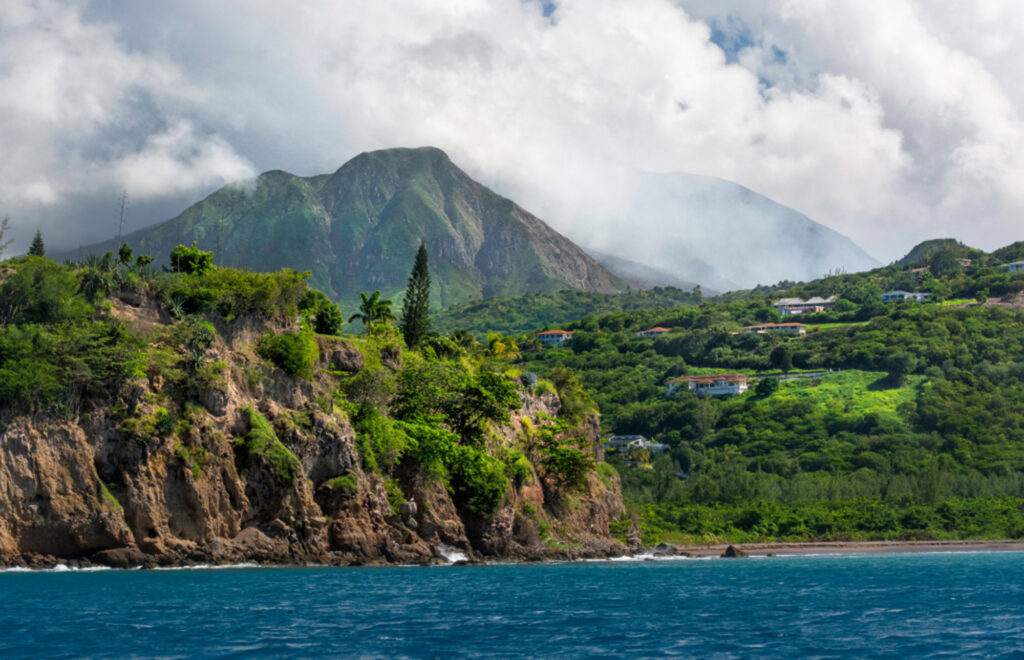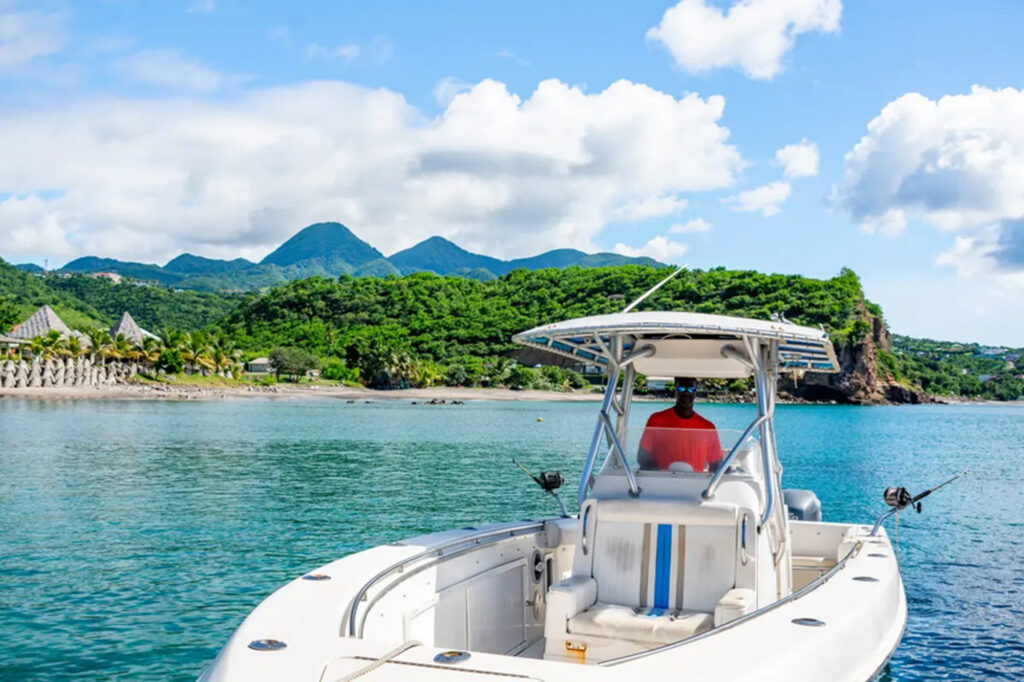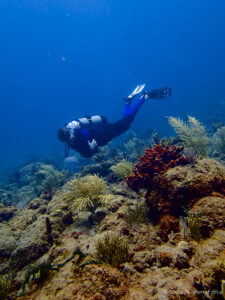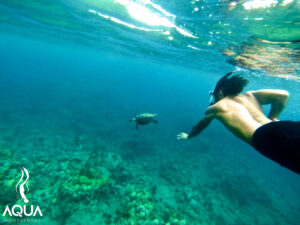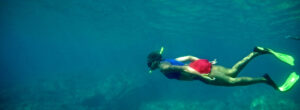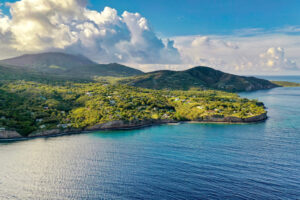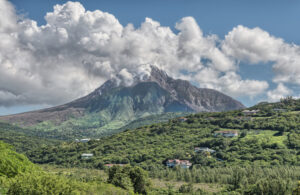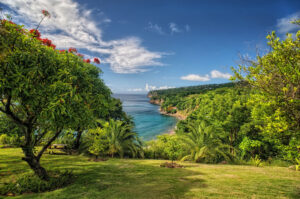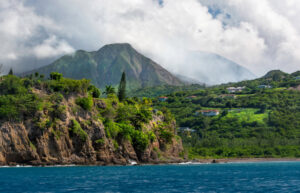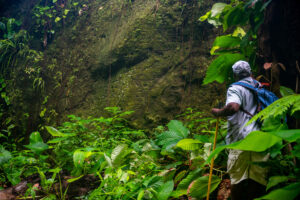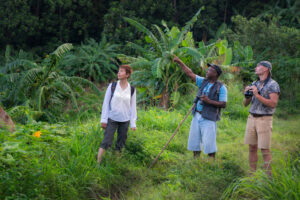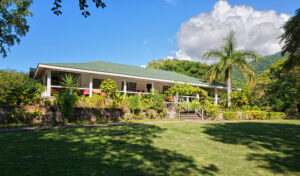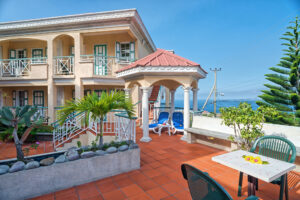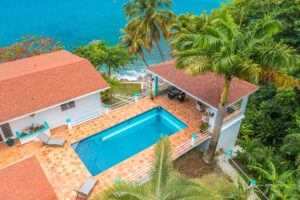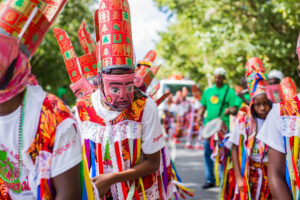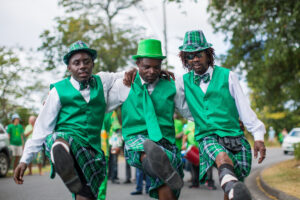- About
- DEALS
- Getting Here
- Where To Stay
- Things To Do
- Gallery
- Contact

Fast Facts About Montserrat
Capital
Plymouth
Currency
East Caribbean Dollar
Population
4,377
Language
English
Timezone
GMT – 5
Flight Duration
8 hours via Antigua
Long known as the Caribbean’s Emerald Isle for its Irish heritage and lush rainforests, Montserrat welcomes visitors with a green shamrock-shaped stamp in their passport. In fact Montserrat is the only Caribbean island that observes St. Patrick’s Day as an official holiday, with musical concerts, masquerades and other traditional activities.
The volcano is the star attraction, most easily viewed from the Montserrat Volcano Observatory. The ruins of Plymouth are today a ghost town under a blanket of ash. Access to the former capital is prohibited; however tours can be arranged through a certified tour operator or taxi driver.
Volcanic activity is currently at its lowest level and Montserrat’s northern third remains a safe. The Soufriere Hills Volcano monitored round-the-clock by a team of scientists that keep the island’s current 4,900 residents aware of Mother Nature’s inner rumblings. In summary, Montserrat makes for an unusual holiday.
Montserrat also offers many of the Caribbean’s traditional activities. Most of the beaches are of the black sand variety, but tawny Rendezvous Bay can be reached by hiring a boat or by hiking. Lime Kiln Bay is a prime snorkeling location, and there’s also good diving. An expanding network of hiking trails accesses rainforests, old banana plantations and views from sea cliffs. Local forest rangers help visitors spot the threatened Montserrat Oriole, the national bird, and other rare species.
Average Weather in Montserrat
Jan
2028° C
Avg Rain:
19mm
Feb
29° C
Avg Rain:
15mm
Mar
28° C
Avg Rain:
15mm
Apr
29° C
Avg Rain:
36mm
May
30° C
Avg Rain:
55mm
Jun
30° C
Avg Rain:
48mm
Jul
30° C
Avg Rain:
59mm
Aug
31° C
Avg Rain:
76mm
Sep
30° C
Avg Rain:
96mm
Oct
30° C
Avg Rain:
102mm
Nov
29° C
Avg Rain:
89mm
Dec
28° C
Avg Rain:
44mm
No Offers Found at the moment, please try again later!
Heathrow
8 hours via Antigua
Airport: John A Osborne Airport.
Gateways/Flying Times: There are no direct flights from UK; however, Air France, British Airways, BMI, Condor, and Virgin Atlantic provide services to Antigua with connecting flights on FlyMontserrat and SVG Air.
Antigua: 20 minutes.
Ferry
Montserrat is usually serviced by a seasonal ferry operation from Antigua. The Ferry service is currently not in operation. Also check the Tourism Division’s website for updates or Email: accessmni@gov.ms/ Tel: Access Division: (664) 491-3378
Loading...
Things To Do In Montserrat
Nightlife
There are some small nightclubs and a host of roadside bars, better known as “rum shops”, where people gather informally to hang out or “lime”, have a drink and perhaps relax over a game of dominoes, especially on Friday nights. With limited evening culture. There is no closing time and most bars stay open “until…”
Salem, St. John’s, Cudjoe Head, Davy Hill and Festival Village in Little Bay are home to many of these bars.
Dining
There are a handful of full service restaurants and a number of small welcoming eateries that serve hot tasty meals using locally grown produce and herbs – anything from lobster burgers, freshly grilled fish and saltfish (salted cod) with ground provision to pastas and fresh salads. If you really want to ‘go local’, ask for a sample of Goat Water, the traditional national dish, a thick tasty stew with chunks of goat meat, eaten hot with a crusty bread roll.
Contact Us
